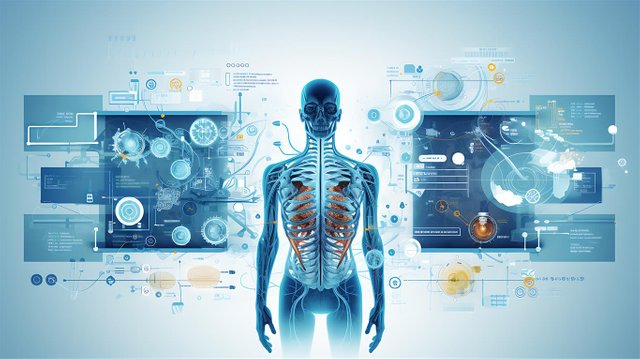
Understanding the future consequences of biohacking in human enhancement and the ethical issues it raises.
Introduction
Biohacking is the cutting-edge disciplinary edge in the fusion of biology and technology. It implies the use of IT methods to biologic systems, mostly a human body, in order to improve the physical and psychical performance. As we move forward with this highly debatable yet interesting field, it is important to realize both its strengths and weaknesses, and to figure out whether biohacking is a form of radical self-improvement or an entry point to self-destruction.
What is Biohacking?
Biohacking is a rather generic term and may appear in multiple forms like simple lifestyle and dietary adjustments or advanced genetic editing techniques such as CRISPR (clustered regularly interspaced short palindromic repeats). These strategies are designed to increase the physical and mental performance of humans, slow aging, and even enhance mental function.
Forms of Biohacking
Nutrigenomics: Explores the interconnection between genes and nutrition so as to come up with customized diets for people.
Grinder: The DIY biology for improving human abilities by implants or chemical injections.
Gene Editing: CRISPR and other sophisticated ways of the human DNA modifying.
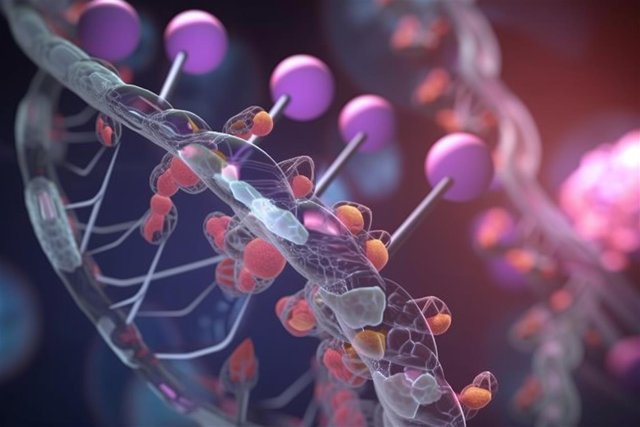
The Promise of Biohacking: Increased Human Abilities
The latest developments in biohacking give us a peek at its advantages. It has been proved by researches that biohacking methods result in increased endurance, cognitive ability and cure of previously incurable conditions.
Enhancements Through Nutrigenomics
For example, the application of nutrigenomics has facilitated personalized diets capable of the prevention of diseases through the consideration of each person's genetic composition. The success of this method can be seen in the case of people with chronic illnesses who have improved their health through dietary adjustments based on their DNA.
Breakthroughs in DIY Biology
On the edges of Grinder, people have been trying out cybernetic implants that allow them to receive information directly into their sensory systems to amplify sensory perception and cognitive performance. Visionary scientists indicate that it will be the beginning of the new race of human race.
Gene Editing: The Next Frontier
The CRISPR technology of gene editing has played a crucial role in biohacking. It provides the most questionable but potential ways for upgrading of human potential. The recent studies proved that CRISPR-Cas9 can successfully edit genes associated with diseases such as sickle cell anemia, which means that genetic disorders can be cured before birth.
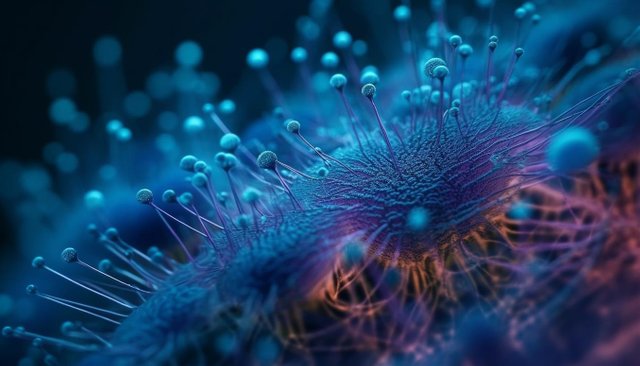
Cases Studies and Live Applications of Bio-Hacking
Case Study 1: CRS and Gene Modification
Overview
The CRISPR Cas-9 technology has changed the face of genetics by enabling scientists to edit the genome by cutting, adding, or altering sections of the DNA sequence. One of the most important utilizations is its application in the therapy of genetic disorders.
Application
One of the most important trials among those that really apply CRISPR is for curing sickle cell disease, a genetic disease caused by having misshaped red blood cells. The present trials are about modifying the gene that controls the production of hemoglobin to fix the mutation that causes the disease.
Current Status
The preliminary results from the clinical trials for symptom relief, in several patients, have shown positive effects with no cases of significant side-effects reported yet. Such finding is encouraging and may be a step forwards in genetic medicine.
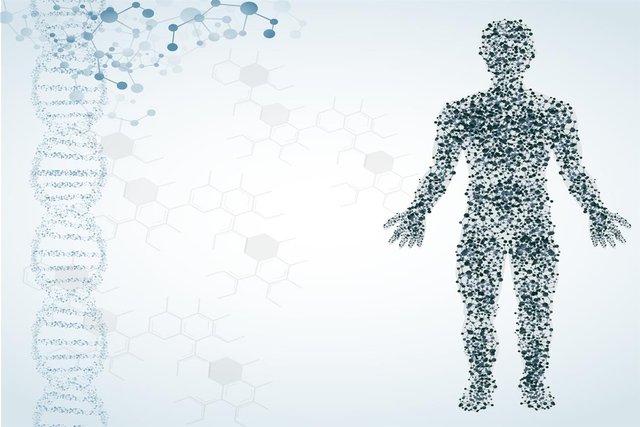
Case Study 2: DIY Biohacking – Nootropics
Overview
Nootropics, which biohackers apply to support the intellectual performance, the cognitive function, creativity, or the motivation of healthy individuals, is the other name for smart drugs.
Application
Biohackers regularly use blends of over-the-counter supplements, registered drugs, and natural remedies to improve cognitive functioning. An example of this is the use of Modafinil which was originally prescribed for sleep disorders but, in the biohacking community, it is commonly used for enhanced focus and alertness.
Current Status
However, people still argue about the use of nootropics, because there is a lack of evidence about long-term improvement, and more research is needed on influence of side effects. Consequently, they are considered as a biohacking technique that walks on the tightrope where improvement and risk lie.
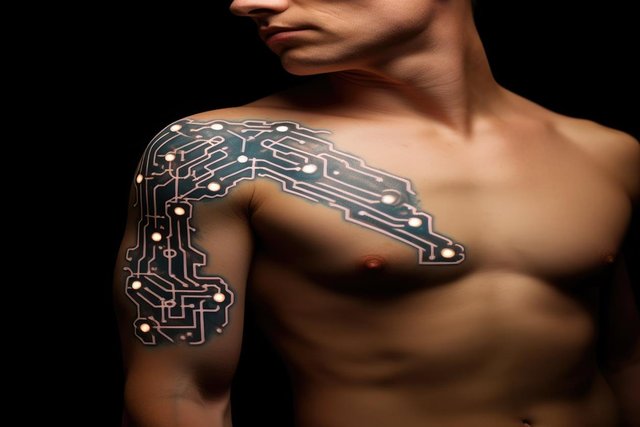
Case Study 3: Microbiome Engineering
Overview
This is classified as microbial biohacking which strives to use the bacteria, viruses, and fungi that inhabit and are on our bodies for various purposes.
Application
Research and experimental effort are focused on modifying gut bacteria to overcome digestive challenges and boost immune strength. Thus, it comprises of the use of prebiotics, probiotics, and tailored diets.
Current Status
Studies have revealed a good potential for use in treatment of IBS and Crohn's Disease. Nevertheless, the role of personalized microbiome engineering in the future is not yet completely clear and the research in this field is only in the early stage.
Case Study 4: Sensory Improver Implants
Overview
This involves the use of technological implants to either enhance or provide additional sensory capabilities to the human body, such as magnetic implants in fingers to detect electromagnetic fields.
Application
Biomodification engineers—those involved in body implants—took the RFID chip and used it in interactions with digital devices or interfaces through gestures and movements.
Current Status
This technological advance fastens these innovations but it still faces ethics and health risks. The long-term effect and risks of these implants are not well-known, which may be a problem.
Instances of Moral and Security Hazards Rise with the Practice of Biohacking
Yet, biohacking could also be associated with a multitude of ethical and safety issues. The main issues are bioethics, data privacy, and the possible negative effects.
Bioethical Considerations
The line between general improvement and eugenics can sometimes be a thin one. Sensitivity with regard to consent, especially in relation to biohacking technologies applied to embryos and unborn, is tremendous and quite controversial.
Risks of Self-experimentation
The majority of biohacking practices are not being monitored and researched as carefully as the traditional medical research, which may pose a threat to the health. Using personal experiments which involve biology tools that you made by yourself can lead to unforeseen physical injuries or permanent alterations.
Data Privacy Issues
The biohacking approach, which allows the collection of data on the operation of the body through the tracking devices, causes the violation of the privacy. The hackers could possibly acquire and abuse the personal biological data.
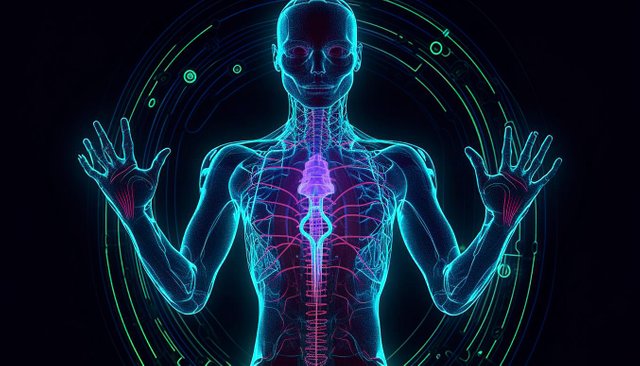
Biohacking inclusion in Medical Routine
What is evident as biohacking technologies are progressing is the possibility of them being integrated into the lineup of conventional medical services. This could mean that we have personalized medicine on a never-before-seen scale where treatments and prevention methods are tailored to each person's genetic make-up.
Personalized Genetic Therapies
New gene editing technologies may cause appearance of highly individual therapies and even genetic disorders prevention built on a patient’s DNA profile resulting in major shifts in the medical industry and the health care system.
Enhancing Rehabilitation
Biohacking could revolutionize physical rehabilitation. Techniques like nerve stimulation and muscle enhancement through biological hacking could help patients recover from injuries much faster than traditional methods.
Public Perception and Societal Impact
Public perception of biohacking varies widely, with significant implications for its acceptance and integration into everyday life. Understanding and addressing these perceptions is crucial for the ethical advancement of biohacking technologies.
Addressing Public Fears
Transparency in research and a public education campaign could help alleviate fears about biohacking. It's essential for the public to understand both the benefits and risks in a balanced manner.
Societal Implications
There are concerns about biohacking exacerbating social inequalities. Access to enhancement technologies could be uneven, potentially leading to a society where the ‘enhanced’ have significant advantages over the ‘non-enhanced’.
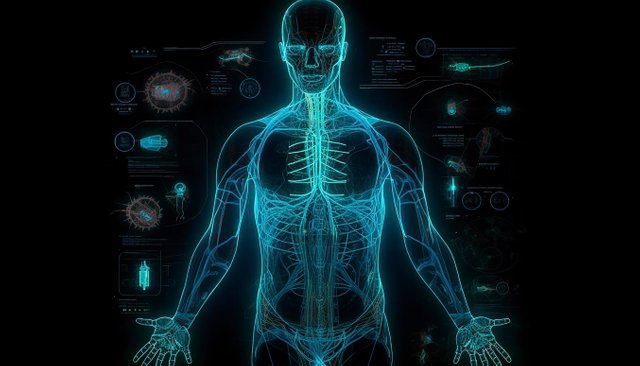
Regulatory Challenges
Regulation lags behind the pace of technological advancement in biohacking. There is a pressing need for contemporary legal frameworks that address the new ethical, safety, and social issues emerging from these technologies.
Establishing Oversight
Creating bodies to oversee biohacking activities, ensuring they comply with ethical standards and that experiments have minimal risks involved, are steps towards responsible biohacking.
Global Consensus
Efforts should be made to reach a global consensus on biohacking to avoid a scenario where the lack of regulation in one country leads to risky or unethical biohacking practices that could impact global health.
The Role of Artificial Intelligence
The integration of AI with biohacking could lead to automation in bio-modifications and enhancements. AI could optimize biohacking processes, predict outcomes with greater accuracy, and tailor interventions to achieve desired enhancements with minimal risk.
AI in Genetic Research
AI’s role in predicting the outcomes of gene editing and in the development of personalized gene therapies could be a major part of future biohacking.
Ethical AI Use
AI management needs to be governed by heavy ethical rules to avoid the occurrence of problems like data misuse or biased algorithms that could result in inequalities or even harm.
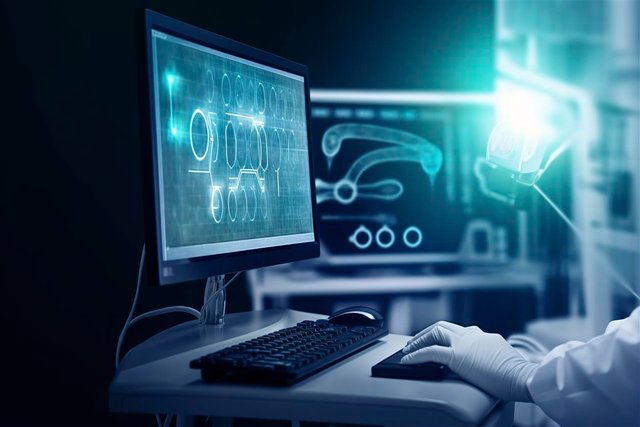
Future Directions in Biohacking
Watching at the horizon, biohacking can bring an absolute change to medicine and human performance. Nevertheless, it also needs solid ethical principles and regulatory frameworks to be able to prevent accidents. Continuous talks and making of the law will most likely form the way biohacking actions will be performed.
Creating a Balanced Framework
The crafting of the international norms for biohacking technologies would be pivotal. These rules should aim to strike a balance between the innovation and the ethical considerations to prevent the misuse and the well-being of all individuals involved.
Technological Improvements and the Progress of the Research.
The research likely to continue uncovering more complex and less hazardous approaches of biohacking that may sooner or later make the questionable methods of today widely accepted tomorrow. The continuous improvement in technologies will also solve the current limitations and risks that biohacking is facing.
Retrospective on the Prospects of Biohacking
In these case studies one sees both the enterprising core and the ethical quandaries that mark biohacking as a practice. The challenge as we advance in technology will be to create frameworks that not only promote innovation but also deal with the ethical, legal, and social issues that come up. Hence, we need to organize public dialogues, make policies, and conduct studies on the long-term effects of biohacking, to make sure that biohacking is moving forward with responsibility and justice. Biohacking, its evolution and its governance of future will call for permanent reflection and development.
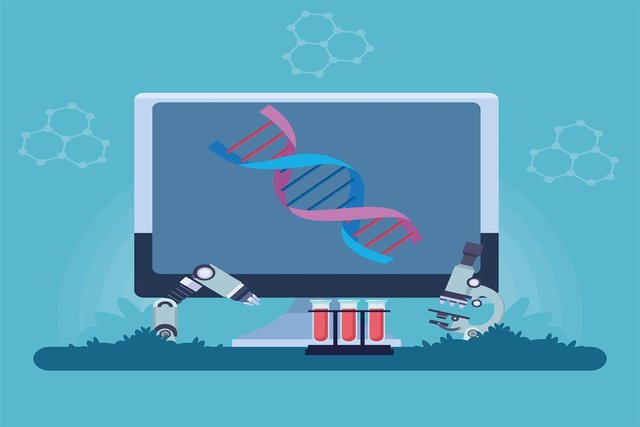
Conclusion
Biohacking sits at a crossroads between groundbreaking development in human competencies and significant ethical and safety demanding situations. As we improve, the focus has to not simplest be on what biohacking can achieve however additionally on how it is carried out. With right law, an open moral debate, and persisted research, biohacking has the potential to provide big benefits to humanity, defining the future of human evolution.
This study of biohacking’s capacity for self-development and self-destruction underscores the want for a balanced perspective that encourages careful yet enthusiastic exploration of our organic limits. Balancing innovation with caution will enable us to harness the full potential of biohacking whilst minimizing its risks. In the journey closer to enhancing human talents, we need to be vigilant stewards of the technology, ensuring it's far used for the collective suitable and not for developing divides. By developing a deeper information and enforcing strategic controls, biohacking can transcend its modern-day country, main to a destiny wherein it contributes undoubtedly to clinical technology and normal human well-being.
References
- https://www.ncbi.nlm.nih.gov/pmc/articles/PMC7004414/
- https://www.forbes.com/health/wellness/biohacking/
- https://www.news-medical.net/health/The-Truth-About-Biohacking.aspx
- https://healthnews.com/longevity/biohacking/stacking-biohacks-save-time-and-feel-your-best/
- https://www.financialexpress.com/healthcare/wellness/biohacking-is-becoming-the-key-to-superhuman-journey-and-india-isnt-behind/2957577/
- https://tnsr.org/2022/04/chinas-biomedical-data-hacking-threat-applying-big-data-isnt-as-easy-as-it-seems/
- https://www.whatech.com/og/markets-research/medical/819582-biohacking-market-is-likely-to-grasp-the-cagr-of-17-by-2031
- https://www.vox.com/future-perfect/2019/6/25/18682583/biohacking-transhumanism-human-augmentation-genetic-engineering-crispr
- https://www.yourgenome.org/theme/what-is-crispr-cas9/
I'm hoping you all enjoy this.
Thank you, my friends.
With best wishes,
Letssittt.
Upvoted! Thank you for supporting witness @jswit.
Downvoting a post can decrease pending rewards and make it less visible. Common reasons:
Submit
https://x.com/jerilforgrg/status/1790347439301328917
Downvoting a post can decrease pending rewards and make it less visible. Common reasons:
Submit
Upvoted. Thank You for sending some of your rewards to @null. It will make Steem stronger.
Downvoting a post can decrease pending rewards and make it less visible. Common reasons:
Submit